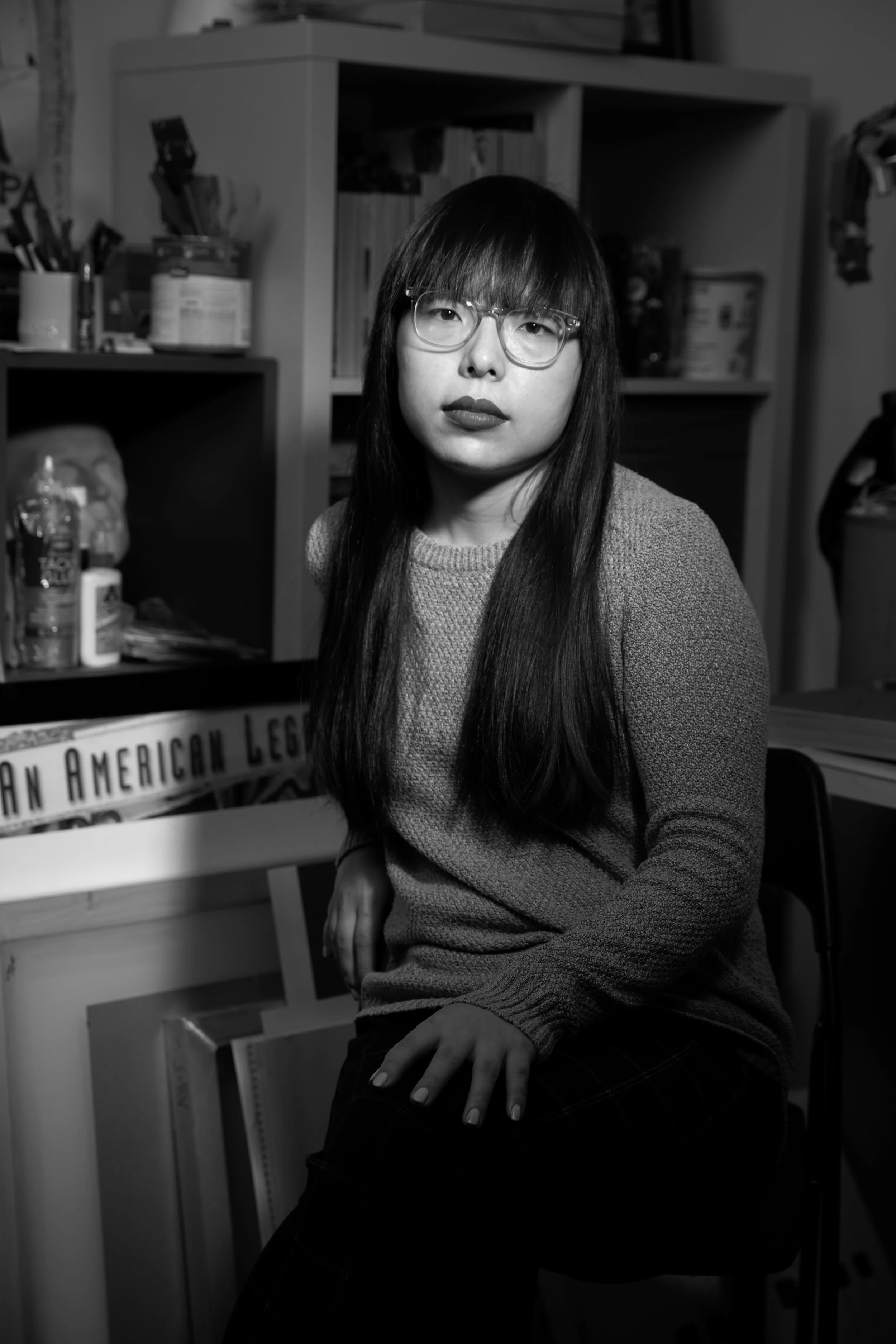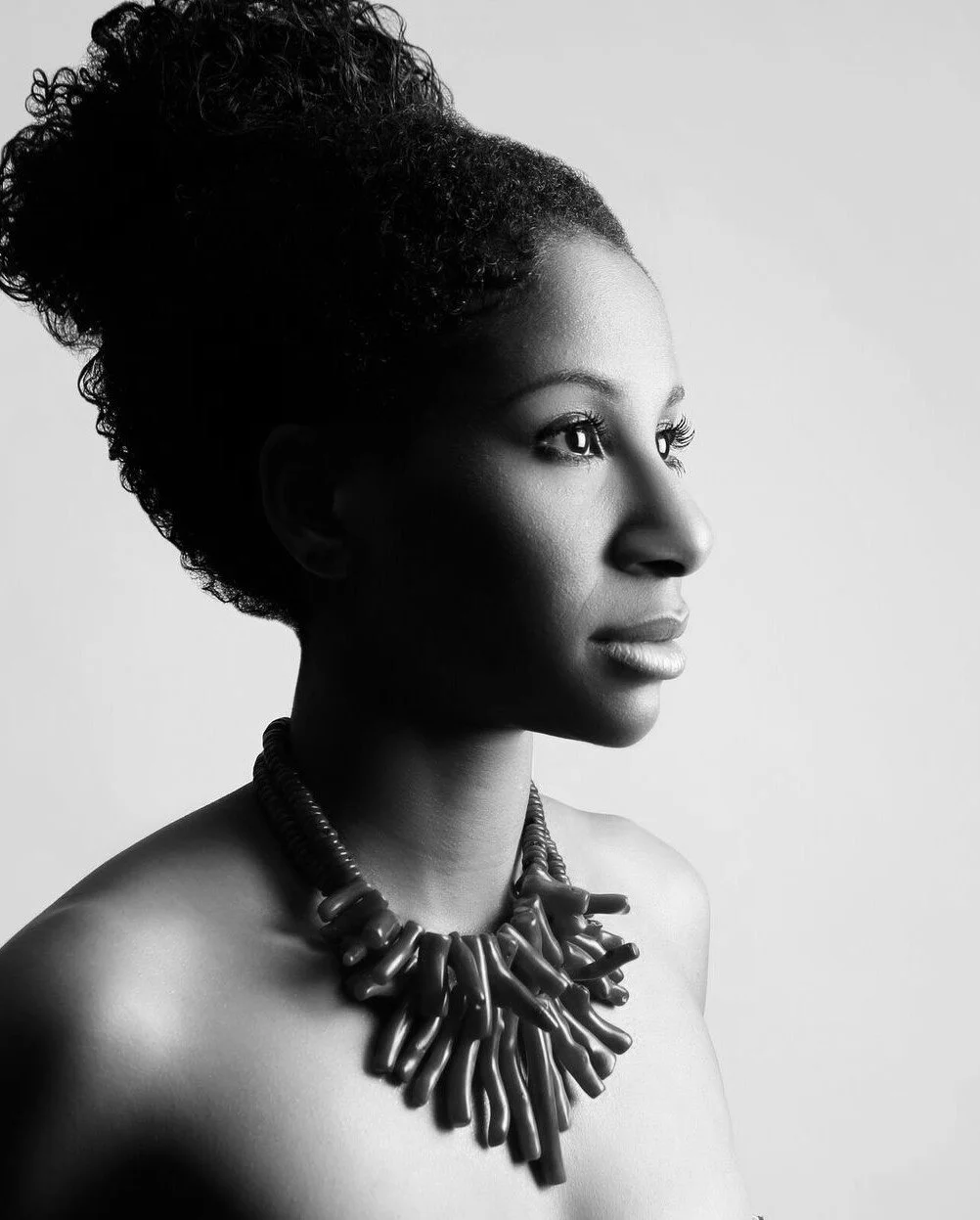ALICE FULTON'S poetic coloraturas
Photo by Jesse Winter
Alice Fulton is the author of ten books. Her honors include a MacArthur Fellowship, the Bobbitt Prize for Poetry from the Library of Congress, and an American Academy of Arts and Letters Award.
In this interview, Alice talks in-depth about her new collection Coloratura On A Silence Found In Many Expressive Systems.
Interview by Isabelle Sakelaris
In the poem “Netherlandish,” which includes the mention of an Adoration of the Magi poster by a Netherlandish artist, the speaker states, “if you’re looking for a miracle, / look to the invisible.” I read this as an endorsement of ekphrasis and a rejection of W.J.T. Mitchell’s notion of “ekphrastic fear.” Is that too bold an assumption? What do you think is productive or generative about allusions to other artistic media? Where, if at all, do such allusions fall short?
Thank you for your close reading of my book. While “Netherlandish” is an ekphrastic poem in that it includes a painting, Bruegel’s Adoration of the Magi in the Snow, its subject isn’t ekphrasis. The lines you quote speak to the power of intangible things, phenomena without a physical presence. Silence. Spirit. The abstractions that sustain us without a material presence – qualities like hope, reverence, love. In Bruegel’s painting, the tiny infant Christ is almost indiscernible, “a larval squirm” in the bottom corner, and earlier, the poem quotes my mother quoting her mother, saying “You have to make love to the corners.” Most of Bruegel’s painting is occupied by the laborers. The miracle isn’t obvious. It’s marginal, almost invisible as well as inexplicable. I’m an atheist, by the way, but even atheists can wish for miracles.
As for “ekphrastic fear,” poets shouldn’t be afraid to write about anything, and ekphrasis isn’t scary. It’s more dangerous to write about controversial issues – such as animal rights or any subject that disrupts cultural complacency. It’s risky to expose cruelties that make us comfortable and that we choose to disregard. But ekphrasis is generative because other artists encounter the world in their own provocative ways. They see things I haven’t seen, and that opens my eyes to new possibilities.
An ekphrastic poem should do more than simply describe the work that served as catalyst. The poem should have its own reasons for being, its own presence and freshness, rather than simply describe or interpret another work. It should give readers something they wouldn’t have gotten from the springboard piece. Perhaps ekphrasis is best when it obliquely engages with another piece of art – alludes to it, as you say, rather than trying to replicate it. There’s a danger that readers won’t know the painting or music you’re alluding to, so they might not understand your poem. Canonical or acclaimed pieces can be found online. But it’s important to draw attention to the thousands of artists whose stellar work is not well-known. I didn’t take on that challenge in “Netherlandish,” but it is important – and difficult.
Musicians have used your poems as text settings for their compositions. What has it been like to hear their work?
When I hear settings of my work, I’m honored and grateful. I’ve also been surprised by the composer’s ability to express a poem’s subtext without literal or obvious exposition. Music has the ability to say what the poem leaves unsaid, to sound the space between the lines. It can create emotion without words; imply (but not expound) the poem’s unspoken, reticent substance. Music unfolds the text in ways that language can’t. It begins where language ends.
In an interview with The New Yorker, you remarked, “the voice and words are one.” How did you develop the idea for the coloratura as a poetic mode? What does using a traditional musical frame do differently for a poem than a traditionally poetic one?
Poetry includes the music of words, so the relation is foundational. Quite a few traditional poetic genres or forms are drawn from music. Lyric, for instance. And sonnet means “little song.” But as you suggest, “coloratura” hasn’t, to my knowledge, been used to describe poetry. The word’s etymology comes from coloring, and it’s evolved to mean a coloring of the voice. In opera, “coloratura” describes wavering embellishments on the vocal line. But other musical forms use coloratura, too: the bending of notes in gospel music, the acrobatics of scat singing, some wild vocal effects in rock & roll, for instance.
In poetry, “coloratura” might describe an eclecticism or playfulness, a digressive, unfettered approach, in contrast to a tightly determined focus on one subject or theme. My book contains a variety of poems and subjects, it’s a bit of a motley, so “coloratura” seemed a good descriptor.
Poetry riffs on silence, which is greater than sound. Silence is homogenous and central, but each singer’s voice is eccentric: no two sound exactly alike. Silence is one, words are many.
Coloratura is a risky word to use in describing art, but I mean to acknowledge how ornamental all human endeavors are, how peripheral to the silence that’s the canvas for all expressive systems. All attempts at meaning are decorative trinkets compared to the resounding, expansive, omnipresent, and necessary quality of silence. But our creations, embellishments on silence, give us joy. So “ornamental” shouldn’t have negative connotations. An ornament is a joyful thing.
What, if anything, were you listening to when you were writing these poems? Are you often inspired or influenced by music?
Music has always been important to me. With my previous books, I didn’t want music playing while I wrote, but with Coloratura, every morning I tuned in the internet radio station “Ancient fm.” Writing is so solitary, and I felt less alone with that music in the room. The sound or influence of folk-based or indigenous music seeped into some of the poems. A prose poem, “Cauterized Keepsake Gift Boxes,” has a sentence that riffs on the beautiful old folk ballad, “Wild Mountain Thyme.” And some of the old tunes were surprisingly bawdy. “My thing is my own, / and I keep it so still.” A protofeminist ballad I’d never heard before.
Near the end of the book, I felt the tempo of some of the later poems shift—for example, I thought “Orogeny Compline” used a slower pace and quieter volume than some of the earlier poems. Would you please tell us about your approach to incorporating tempo into your work?
In poetry as in music, tempo is metrical, but the reader’s progress also is altered by the density or transparency of linguistic surface – the poem’s language and line length. Poetry must be read at a luxuriously slow pace, and unfamiliar words serve as speed bumps. A denser linguistic surface requires slower reading. Spaces longer than word spaces, as well as spaces between stanzas, are like rests in music. Enjambment offers a chance for “syntactic doubling,” a term I learned from Cristanne Miller. It’s when the last word in a line shifts its denotation/connotation or part of speech when connected to the next line. It’s a possibility that only exists in poetry since prose isn’t lineated.
“Orogeny Compline” does seem different – maybe because it was written as a commission, a collaboration with Kim Cridler, a sculptor. Patricia Clark, a superb poet, suggested the collaboration as part of an exhibit she was curating on the Great Lakes watershed. I revised the poem for Coloratura, and it became a meditation on the Finger Lakes region, where I live. Both Kim Cridler and I were interested in the role of ornament in art, and her thoughts deepened my thinking.
Kim’s sculpture, which includes the poem, is a weave of holes, a net-like working of metal, and “Orogeny Compline” has no punctuation marks except for the double equal or bride sign, a glyph I devised in the early 1990s. The == sign was inspired by the connective threads in lace. The foreground of traditional lace is held together by a background of tiny joining threads that resemble two equal signs ==. By positing a craft traditionally associated with women as a fundamental, pervasive, connective tissue, I meant to counter stereotypical, notions of women’s art and suggest “decorative” and “marginal” as powerful aesthetic categories. “If you’re looking for the marvelous, look to the margins.” (“Netherlandish”) Without punctuation, the poem is somewhat destabilized, a more recombinant linguistic structure. Among other things, == can suggest the uncertain ground between synthesis and dissolution or invoke an abnegated presence. “If you’re looking for a miracle, look to the invisible.” (“Netherlandish”)
What role, if any, does silence play in your writing?
Silence is where poetry comes alive for the reader. Poems exist and resonate in what’s left unsaid, the silence between the words, lines, stanzas.
In one poem, the speaker describes a voice's journey from a speaker or singer’s mouth into the listener’s ear, then brain. As the speaker describes the process, they build a sense of intimacy and proximity—would you please tell us about your approach to building intimacy in a poem? Do you think intimacy with your reader is important?
Writing those lines, I was remembering my years as a radio announcer. It’s so mysterious that the voice, invisible, with no materiality, can pass through a microphone, late at night, and permeate the heads of unknown others at a distance in the dark. “If you’re looking for a miracle / look to the invisible.” The disembodied voice created a sense of proximity and possibly intimacy.
I’d be thrilled if some readers experienced a sensation of closeness when reading my work, but a feeling of intimacy isn’t the only way to enjoy poetry. Poems let you perceive the world freshly when their language, their take, is unexpected. They can shake you up rather than draw you close. They can make you think as well as feel. And those experiences – those awakenings – can be a great pleasure.
I think tone, an aspect that isn’t much discussed, is why some poems move us and others don’t. Tone is pervasive, subtle, and mostly dependent on rhetoric. If the rhetorical choices of a poem are cliched or tired, if they become didactic, officious, or pedantic, I resist.
Circling back to your question, what’s intimate for one reader can be alienating for another. Readers bring their whole life with them when they read, and there’s no way of knowing what their lived experiences might be. My inner world is the only one I know, so I write according to my best lights in the hope and trust that some others will feel an affinity.
Coloratura On A Silence Found In Many Expressive Systems is available now.
Isabelle Sakelaris is an art writer and aspiring poet who lives and works in New York City.







